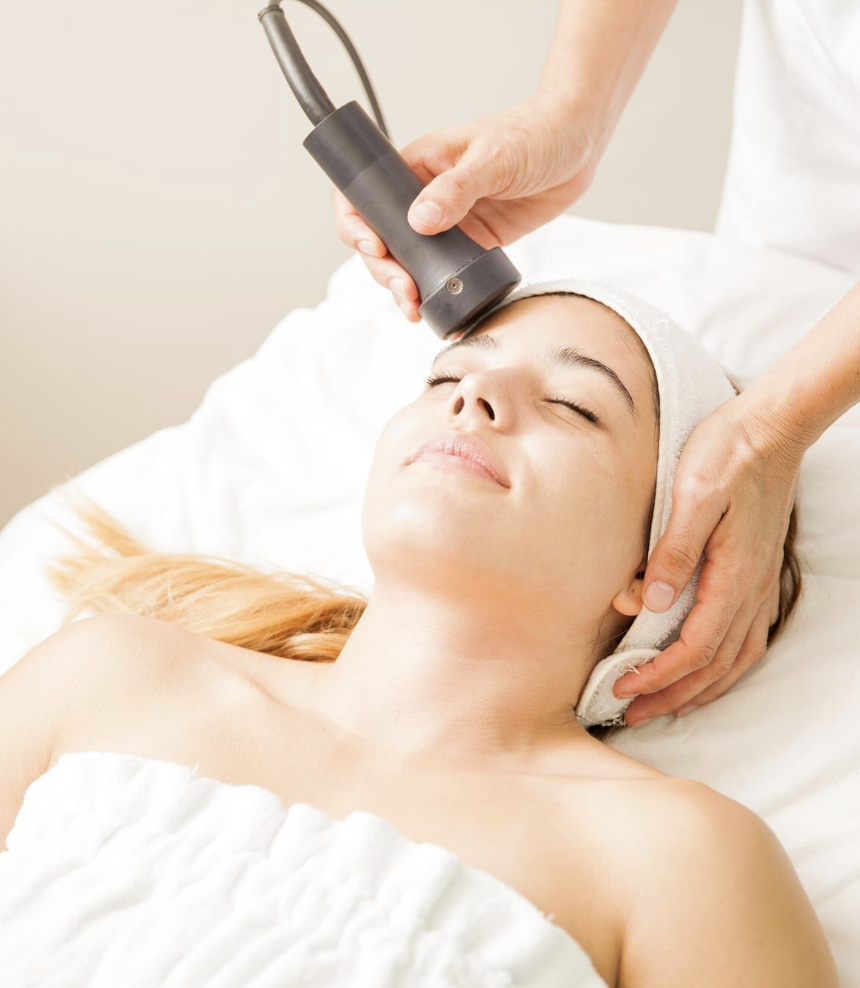
Radiofrequency (RF) skin tightening is a non-invasive cosmetic treatment designed to rejuvenate the skin by stimulating collagen production. This procedure uses RF energy to heat the deeper layers of the skin, which helps to tighten and firm the skin, reducing the appearance of wrinkles and sagging. Here’s a comprehensive look at how RF skin tightening works and what you can expect from the procedure.
How Radiofrequency Skin Tightening Works
1. RF Energy
Radiofrequency skin tightening works by delivering RF energy deep into the skin layers. This energy heats the tissues, causing controlled damage that stimulates the body’s natural healing response, including the production of new collagen and elastin fibers.
2. Collagen Stimulation
Collagen is a key protein that provides structure and elasticity to the skin. By stimulating collagen production, RF treatments help to improve skin texture, firmness, and overall appearance.
3. Non-Invasive Procedure
One of the major benefits of RF skin tightening is that it is a non-invasive procedure. This means there are no incisions, stitches, or significant downtime, making it a popular choice for those seeking facial rejuvenation without surgery.
Detailed FAQs About Radiofrequency Skin Tightening
Q: How long does a radiofrequency skin tightening session take?
A: A typical RF skin tightening session lasts between 30 to 60 minutes, depending on the area being treated. The procedure is relatively quick and can often be completed during a lunch break.
Q: Is radiofrequency skin tightening painful?
A: Most patients report minimal discomfort during the procedure. You may feel a warming sensation as the RF energy is delivered to the skin, but it is generally well-tolerated. Some treatments use cooling mechanisms to enhance comfort.
Q: How many sessions are needed to see results?
A: The number of sessions required varies depending on the individual’s skin condition and desired results. Typically, a series of 4 to 6 treatments spaced a few weeks apart is recommended to achieve optimal results.
Q: What areas can be treated with RF skin tightening?
A: RF skin tightening is commonly used on the face and neck to address sagging skin, wrinkles, and fine lines. It can also be used on other body areas such as the abdomen, arms, and thighs to improve skin laxity.
Q: Are there any side effects or risks associated with RF skin tightening?
A: RF skin tightening is generally considered safe with minimal side effects. Some patients may experience mild redness, swelling, or temporary discomfort in the treated area, which typically resolves within a few hours to a day. Serious complications are rare.
Q: How long do the results of RF skin tightening last?
A: The results of RF skin tightening can last for several months to a few years, depending on the individual’s skin condition and aging process. Maintenance treatments may be recommended to sustain the results over time.
Q: Is there any downtime after the procedure?
A: One of the advantages of RF skin tightening is that there is little to no downtime. Patients can usually return to their normal activities immediately after the treatment, making it a convenient option for those with busy schedules.
Conclusion
Radiofrequency skin tightening is an effective, non-invasive method for facial rejuvenation, offering a way to tighten and firm the skin while reducing the appearance of wrinkles and sagging. With minimal discomfort and downtime, it’s an attractive option for those seeking to improve their skin’s appearance without undergoing surgery. If you’re considering RF skin tightening, it’s important to consult with a qualified practitioner to discuss your goals and expectations. This procedure can be a valuable part of a comprehensive skincare regimen to maintain youthful, healthy skin.


